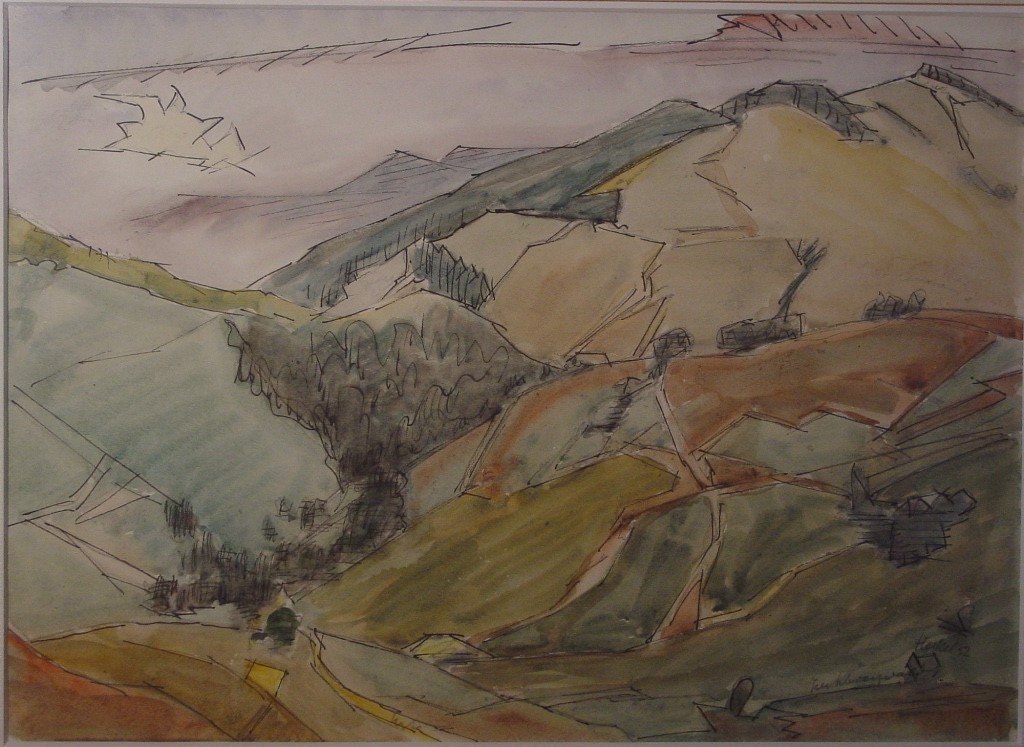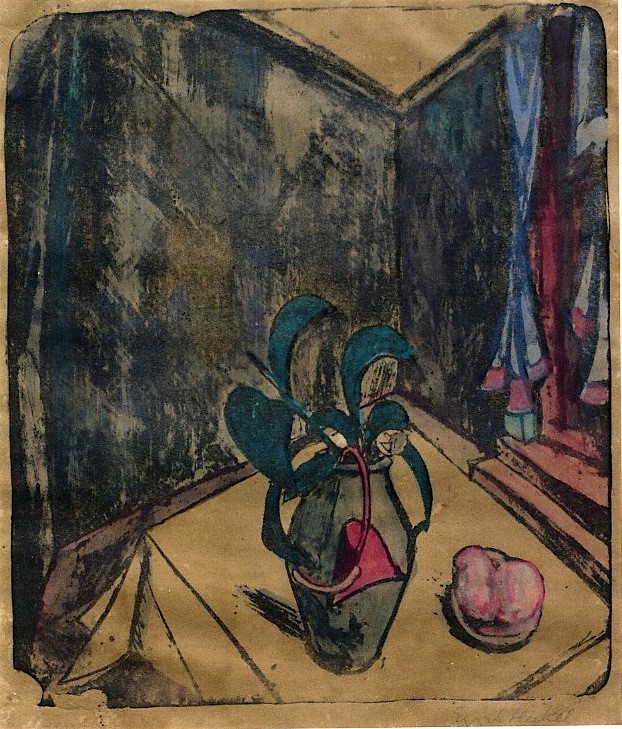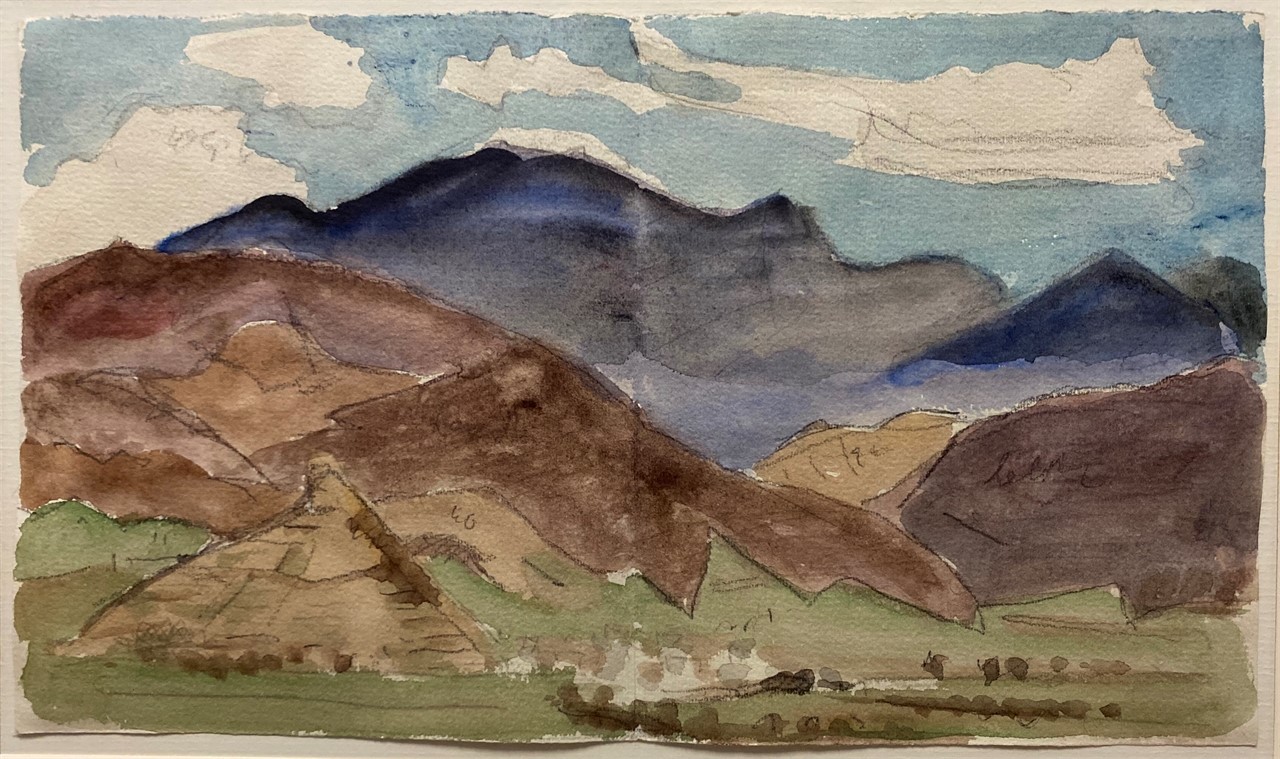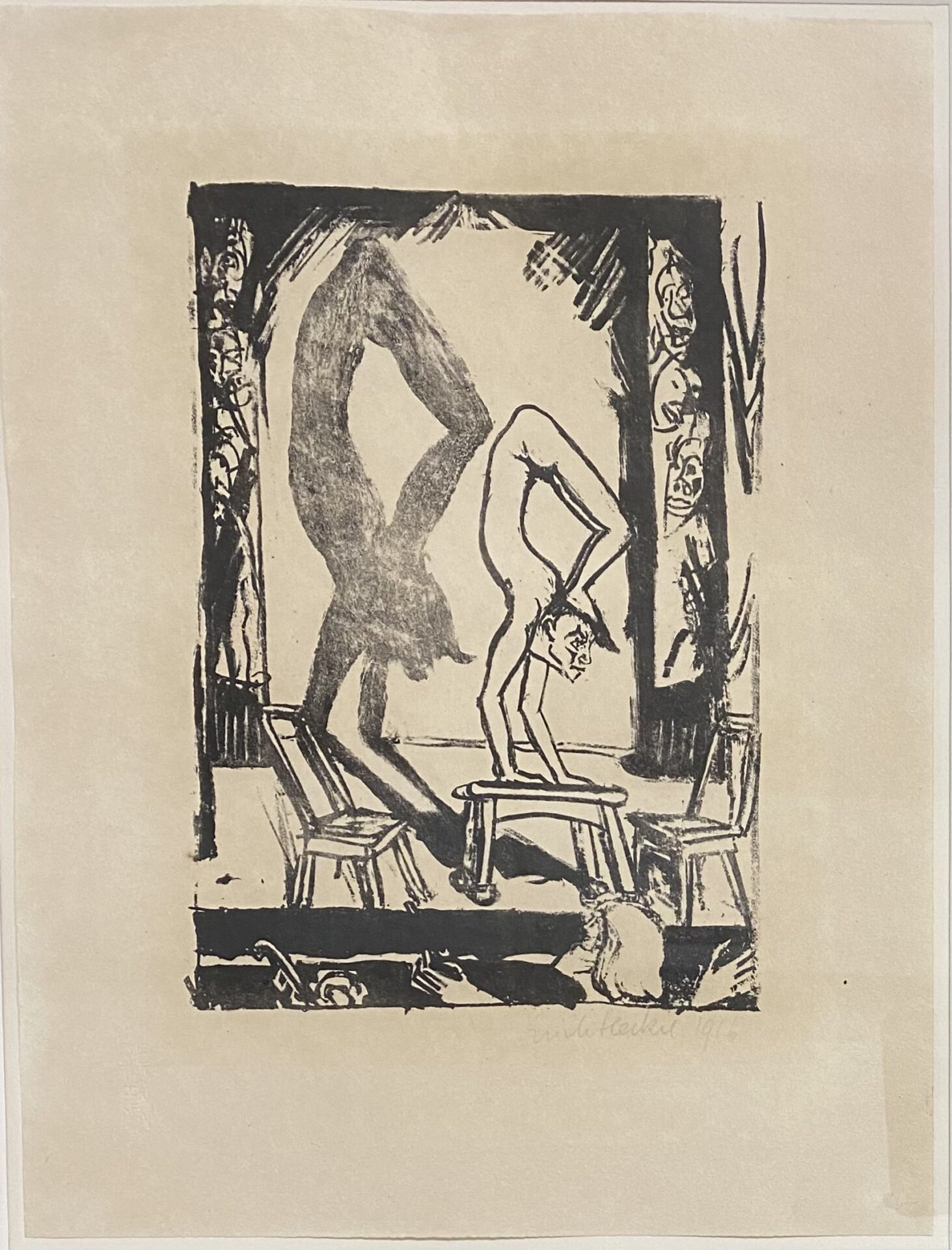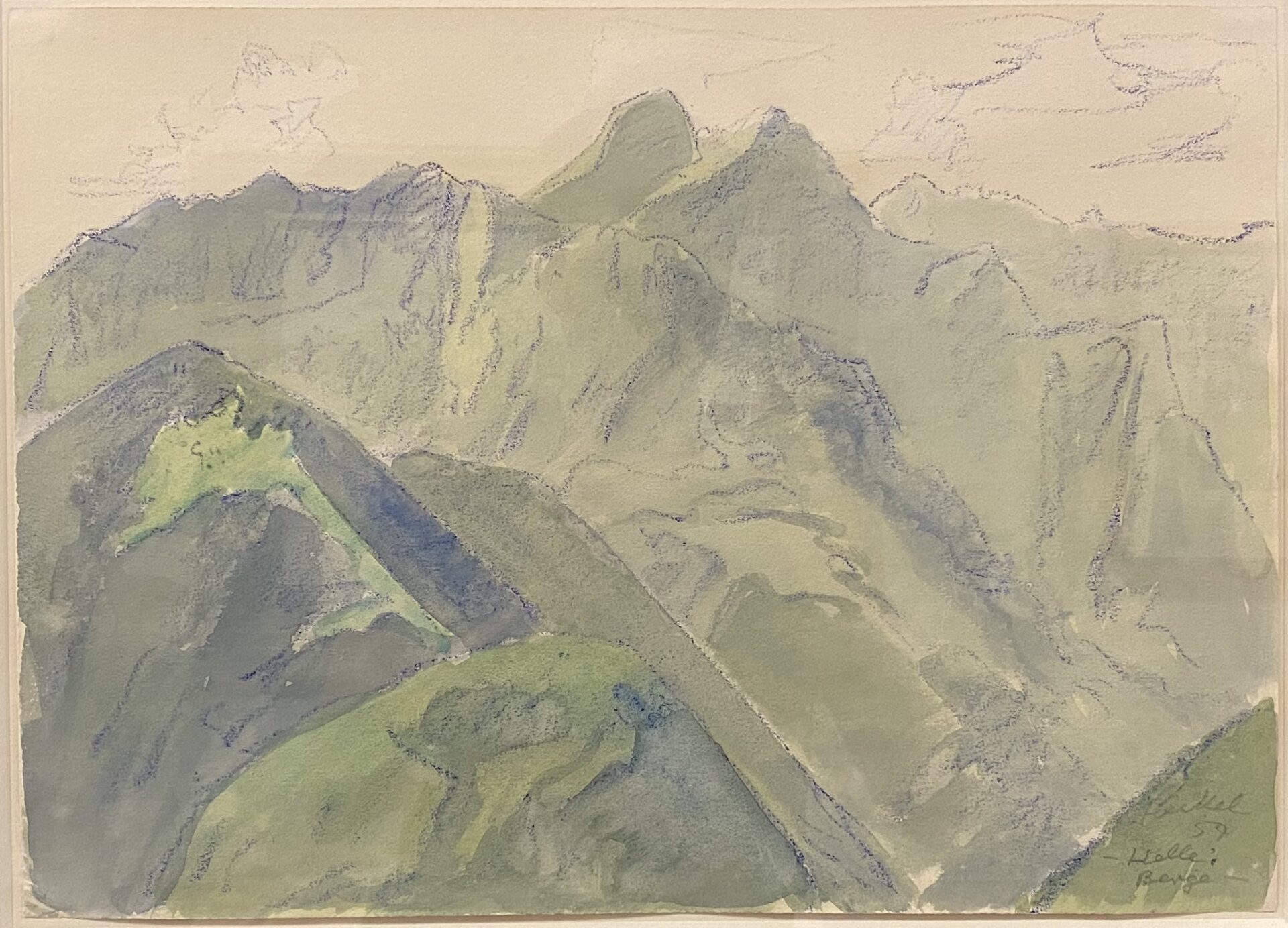Biography
Erich Heckel was a painter and graphic artist of German Expressionism. He was the son of a railway construction engineer. First he began to study architecture in Dresden. Originally he had more literary inclinations, but eventually trained as a painter and graphic artist. From 1937 Heckel was banned from exhibitions.
In the course of the action Degenerate Art 729 of his works were confiscated and removed from German museums. Losses were also suffered as a result of the burning of paintings in the courtyard of Berlin’s main fire station on 20 March 1939, during which a total of 1,004 paintings and 3,825 watercolours and prints by various artists were destroyed.
In January 1944 Heckel’s studio in Berlin, together with numerous works, was destroyed in a bombing raid. Shortly after the end of the Second World War, some of the paintings stored in the mine in Neustaßfurt were also lost through arson.
Erich Heckel’s work spans six decades. In 1964 the œuvre catalogue of his prints (Dube) was published and in 1965 a monograph by Paul Vogt with a list of his paintings. In the last years of his life he gave a large part of his work to public collections in the form of donations and endowments, especially to the newly founded one in Berlin.
The style of his early, pastose paintings is inspired by Vincent van Gogh and French post-impressionism. From 1908/09, a transition to a two-dimensional painting with liquid colours can be observed. Around 1910 a distinct group style was achieved, but until the “Brücke” was dissolved, this was abandoned in favour of pictorial solutions that were more in keeping with his own temperament. The pure colours are broken up, the forms are angled. A need for psychological penetration of the figures can be felt.
Heckel found a high degree of independence in graphic art (woodcuts, lithographs and etchings) very early on. Some of his woodcuts count among the strongest achievements of German Expressionism. After the First World War, a new, world-orientated classicism developed in his work, which was accompanied by a greater closeness to nature and a brightening of the palette. The composition of the picture became more solid, the pictorially worked through landscape watercolour became the preferred genre.
Pictures of cities and harbours are created. In addition, he continuously developed the theme of nudes on the beach until the 1930s. During this time he also produced flower still lifes with complex picture backgrounds. In his later work, one notices a stronger concentration on the flatness of the picture, a further attenuation of the coloring. The ornamental autonomy of the picture is given more weight than the reproduction of the immediate visual experience.
